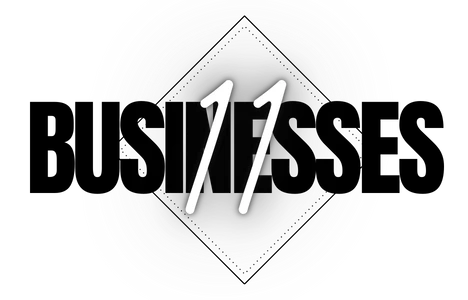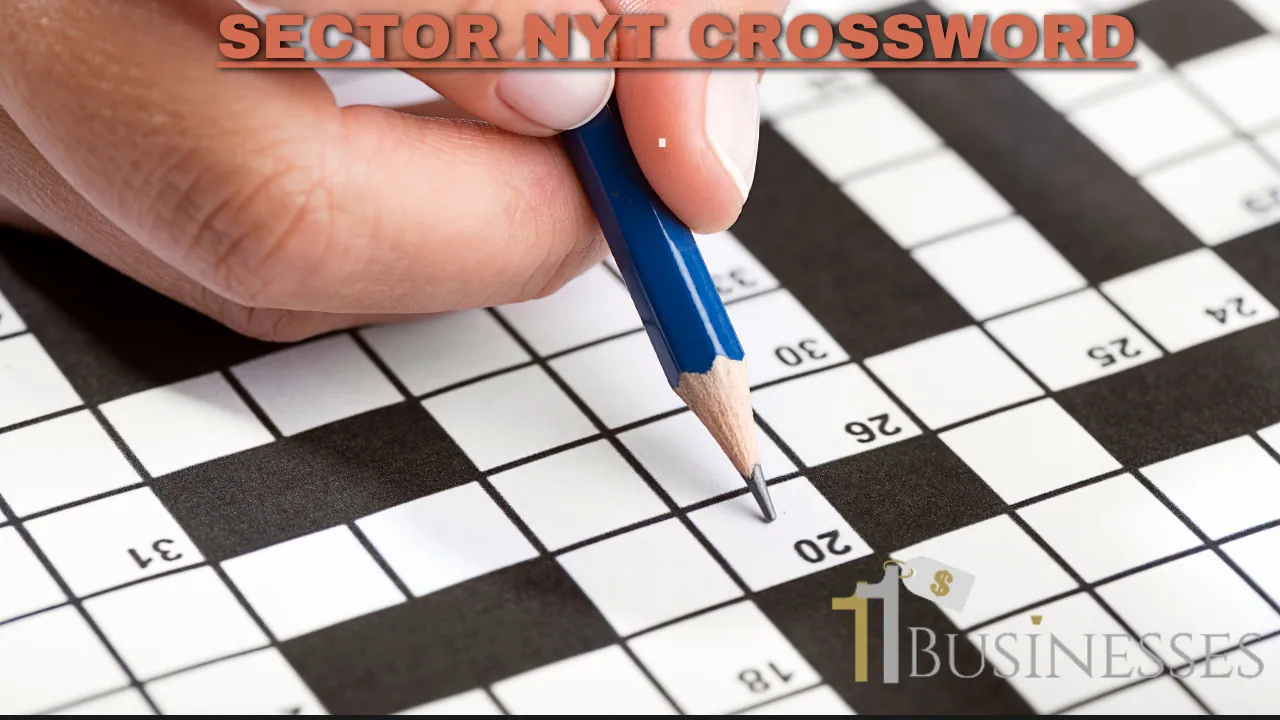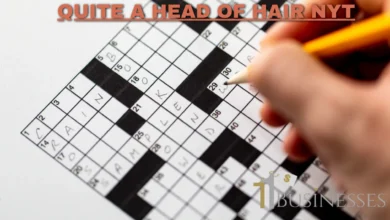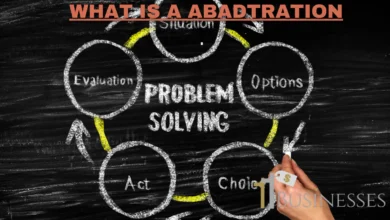can you use a leaf blower wit heusphatian tube dysfunction?

Eustachian tube dysfunction (ETD) affects the small tubes connecting your ears to the back of your throat, and it can lead to pressure imbalances, discomfort, and even hearing difficulties. If you’re dealing with ETD, you might wonder how different activities impact your condition.
One common question is: can you use a leaf blower wit heusphatian tube dysfunction? This article will answer that question and provide helpful tips on how to safely manage ETD while using a leaf blower.
From understanding how air pressure affects your ears to exploring alternatives, this guide covers everything you need to know.
can you use a leaf blower wit heusphatian tube dysfunction?
Eustachian tube dysfunction (ETD) affects the small passageways that connect your middle ear to your throat. These tubes help regulate air pressure and drain fluids from the ear.
When they become blocked or don’t work properly, it can lead to discomfort, pressure, or even hearing issues.
The question arises: “can you use a leaf blower wit heusphatian tube dysfunction?” Let’s dive deeper into this subject.
What is Eustachian Tube Dysfunction?
Eustachian tube dysfunction occurs when the tubes connecting the middle ear to the back of the throat get blocked or don’t open properly. These tubes play an essential role in equalizing the pressure between your outer and middle ear.
When they fail to do so, it can cause ear pain, fullness, and difficulty hearing.
In most cases, ETD is caused by inflammation, allergies, or sinus infections. The dysfunction can make normal activities like flying or swimming uncomfortable.
But does this dysfunction extend to using outdoor equipment like leaf blowers? This brings us to the central question: can you use a leaf blower wit heusphatian tube dysfunction?
How Does a Leaf Blower Impact Air Pressure?
Leaf blowers operate by expelling air at high speeds, which can significantly impact the surrounding air pressure. These changes in air pressure can affect the ears, especially in individuals with ETD.
If the Eustachian tubes aren’t functioning well, these rapid shifts in air pressure can make the ears feel blocked or painful.
Using a leaf blower near your head or ears might worsen the symptoms of ETD, leading to more discomfort. Those with Eustachian tube dysfunction may want to consider this when thinking about using a leaf blower. But how does this affect the ears?
Can Using a Leaf Blower Worsen ETD Symptoms?
If you have Eustachian tube dysfunction, your ears may already struggle to balance the pressure between the middle and outer ear.
The intense airspeed produced by a leaf blower could further disrupt this balance. This may lead to worsening of symptoms like ear pressure, pain, or even temporary hearing loss.
Using a leaf blower could aggravate symptoms in people with ETD, especially if used for long periods.
It’s essential to be aware of the potential risks when thinking, “can you use a leaf blower wit heusphatian tube dysfunction?”
Are There Safe Ways to Use a Leaf Blower with ETD?
Despite the possible risks, it might be possible to use a leaf blower if you have Eustachian tube dysfunction, as long as you take certain precautions.
Consider using hearing protection like earmuffs, which could help reduce the direct impact of air pressure changes on the ears. Staying at a distance from the blowing air may also help.
It is also essential to limit how long you use the leaf blower.
Prolonged exposure to fast-moving air could make your symptoms worse, so limiting the duration of use might be beneficial. So, can you use a leaf blower wit heusphatian tube dysfunction? Possibly, but only with caution.
How Does Ear Protection Help with ETD?
Ear protection, such as earmuffs or earplugs, could help reduce the pressure impact of a leaf blower.
This protection creates a barrier between your ear and the external air pressure changes, minimizing the effect on your middle ear.
For someone with Eustachian tube dysfunction, ear protection is a simple yet effective way to mitigate the effects of high-speed air on your ears. It can also help reduce noise, which is another factor that can aggravate ETD.
Should You Avoid Using a Leaf Blower with ETD?
Some people with severe Eustachian tube dysfunction may choose to avoid using a leaf blower altogether. This could be the safest option to prevent any worsening of symptoms. If you are in doubt, consulting a healthcare provider might be helpful.
That said, not everyone with ETD experiences the same severity of symptoms. Some may find that using a leaf blower causes no issues, especially with the right precautions.
The question “can you use a leaf blower wit heusphatian tube dysfunction?” may have a different answer for everyone.
When Should You Seek Medical Advice?
If you experience ear pain, pressure, or hearing loss after using a leaf blower, it’s essential to seek medical advice. A doctor can evaluate your condition and provide you with a clear answer to whether using a leaf blower is safe for you.
In some cases, persistent ETD may require treatment, such as nasal sprays, decongestants, or even surgery. By addressing the root cause of your Eustachian tube dysfunction, you may reduce the risks associated with using equipment like a leaf blower.
What Are the Alternatives to Using a Leaf Blower?
If you find that using a leaf blower worsens your Eustachian tube dysfunction, there are alternative methods to get the job done without putting strain on your ears.
You could use a rake or broom to clear leaves, which wouldn’t expose your ears to sudden changes in air pressure.
While these alternatives might require more physical effort, they could be a safer option for those dealing with ear problems like ETD. Understanding these alternatives can help you avoid worsening your condition while keeping your outdoor space clean.
Benefits and Drawbacks of Using a Leaf Blower with ETD
Let’s take a look at a table outlining some benefits and drawbacks of using a leaf blower with Eustachian tube dysfunction.
| Benefits | Drawbacks |
| Fast and Efficient Cleaning | Can Worsen ETD Symptoms |
| Reduces Physical Labor | May Cause Ear Pain or Pressure |
| Can Use Ear Protection for Safety | Air Pressure Changes Can Affect the Ears |
| Available in Different Power Options | High Noise Levels Could Aggravate ETD |
| Easily Clears Large Outdoor Spaces | May Require Additional Precautions |
FAQs:
What is Eustachian tube dysfunction (ETD)?
Eustachian tube dysfunction happens when the small tubes that connect the middle ear to the throat become blocked or don’t function properly, causing discomfort, ear pain, or hearing problems.
Can using a leaf blower worsen ETD symptoms?
Yes, the high-speed air and changes in pressure caused by a leaf blower can potentially aggravate symptoms like ear pain or pressure in individuals with ETD.
How can I safely use a leaf blower if I have ETD?
You can wear ear protection such as earmuffs or earplugs to reduce pressure changes and limit the duration of leaf blower use. Avoid direct exposure of your ears to the blowing air.
Should I avoid using a leaf blower altogether if I have ETD?
It depends on the severity of your symptoms. Some people with ETD may experience discomfort, while others may not. If you’re unsure, consider consulting a doctor.
What are alternatives to using a leaf blower with ETD?
Alternatives like rakes or brooms can help you clear leaves without the pressure and noise risks associated with leaf blowers, making them a safer option for those with ETD.
Conclusion
In conclusion, using a leaf blower with Eustachian tube dysfunction may come with risks, but it is possible to manage these risks with proper precautions.
Whether or not you should use one depends on the severity of your ETD and how it affects your ears during activities involving air pressure changes.
You can still enjoy the benefits of using a leaf blower, but be mindful of the potential impact on your ears.
Wearing ear protection, using the blower for shorter periods, and staying mindful of how your ears feel during use can help you safely operate a leaf blower even with Eustachian tube dysfunction.





